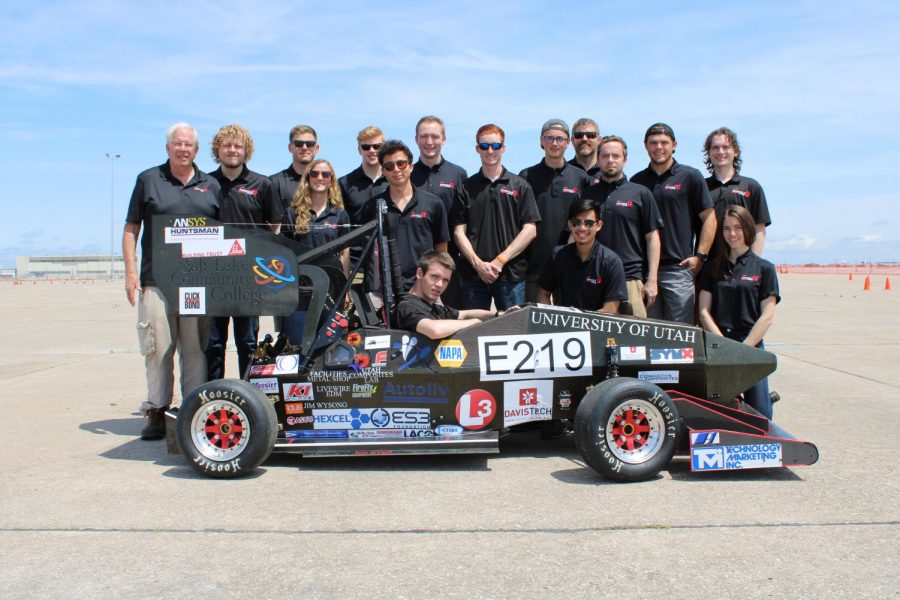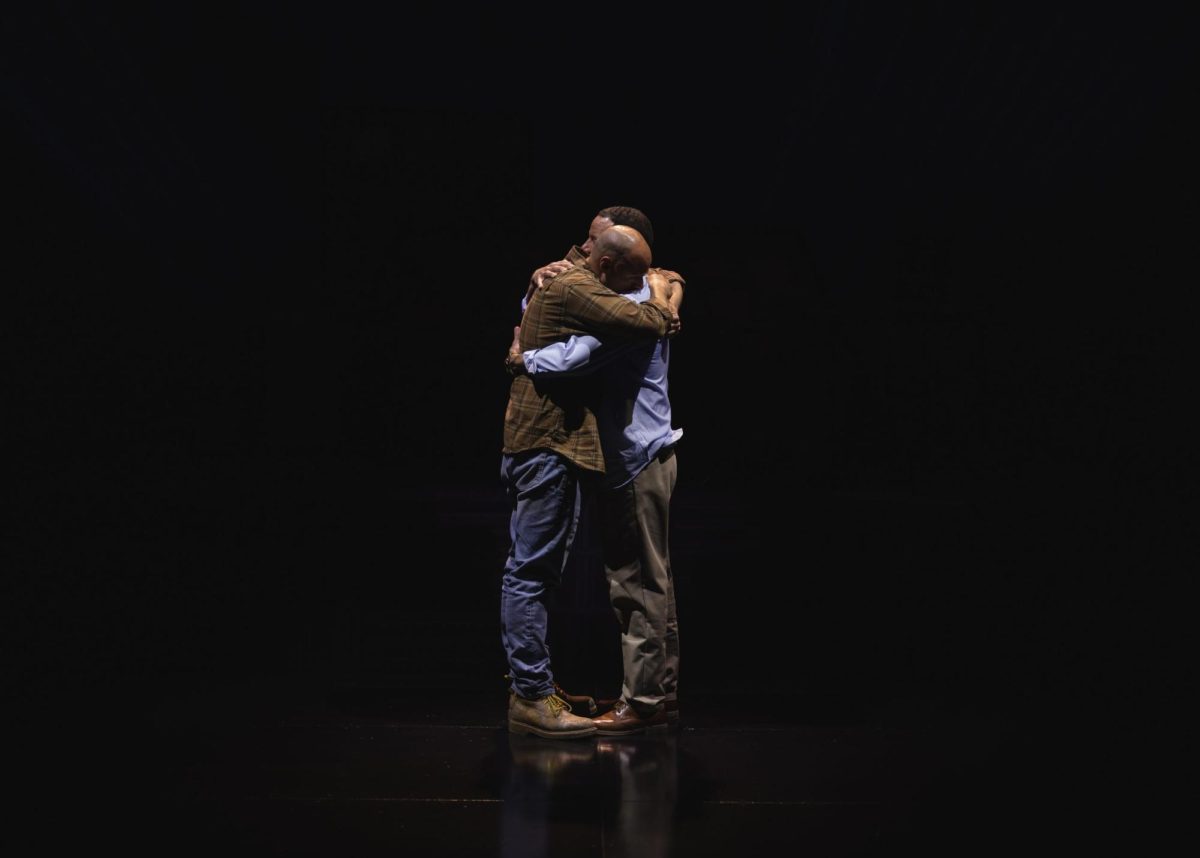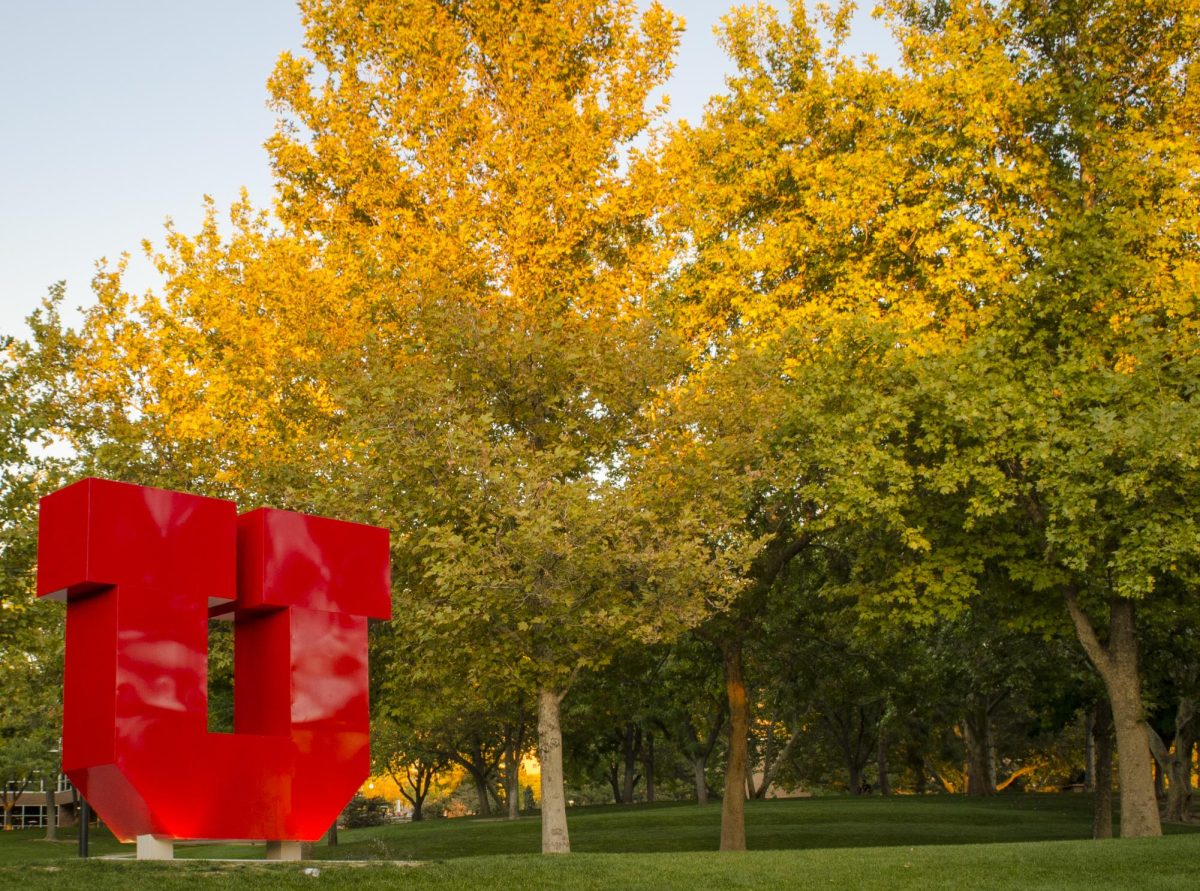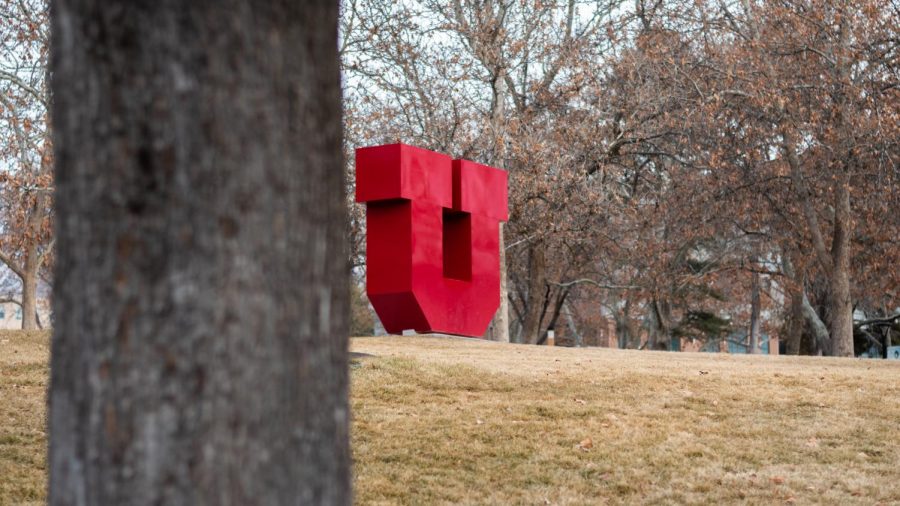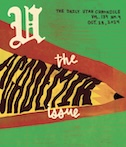Formula U Racing Team Works Toward New Goals and Competitions
The 2019 Formula U Racing Team at the national competition in Lincoln Nebraska. (Courtesy Formula U Racing Team)
February 2, 2020
While students are getting into the swing of the spring semester, members of the Formula U Racing team, the University of Utah’s section of Formula SAE, are in the middle of a year-long project. They are working to build an electric car with a full carbon fiber monocoque, the structural skin of the body, for the June 17-20 Competition in Fontana, California at the Auto Club speedway.
Formula SAE, a student design and racing competition, is a yearly nationwide engineering event. Awards are given out for design, business and how cheaply a successful car can be made.
“It’s not just about how fast the car is, its about the engineering decisions we make along the way and why we built it a certain way given the resources we had,” said Noel LeBaron, President of the Formula U Racing team and a senior in mechanical engineering.
While this club has been at the U for over 15 years, LeBaron said that four years ago students decided to take a new approach. Instead of filling the team with only seniors — who would graduate and leave the new team to figure out past problems alone — they decided to build up the program with more students. They also made technical changes, like switching from a combustion car to an electric car and from a steel tube frame to a full carbon fiber monocoque.
LeBaron said they bit off more than they could chew at first because, according to her, building an electric car is 10 times harder than a combustion car.
“We’ve been slowly picking away at that to get to a running car,” she said.
The team now has around 16 members and though the competition is STEM-focused, LeBaron said they need members from all colleges, including humanities and business, because of the nature of the competition.
“This team is run a lot like a startup,” LeBaron said.
The team must build their car completely from scratch, fundraise and work for the materials, ask for donations and plan each step of the process.
“We’re not just given a project and … the resources, ” she said, “We decide what our end goal is and we figure out how we are going to make it happen.”
Fall semester was spent designing and planning. Now, they are in the manufacturing process — building the frame, monocoque, batteries, circuits, and all the other small details that go into making a car. Currently, they are specifically working on the carbon fiber chassis, the frame of the vehicle.
Additionally, they have started to collaborate with Salt Lake Community College, encouraging students there to join, and also working with students at the West Pointe Campus, which focuses on continuing education and workforce training, to manufacture the car.
Even with a $2,350 registration fee, the team is not guaranteed to compete, as they have to pass a series of tests and make sure their car follows all regulations. LeBaron said around two-thirds of teams do not even get the chance to race.
Team co-captain and head of aerodynamics, Zachary Ingrey, a fourth-year student in materials sciences and engineering, said their goal for this year is to be able to compete in all static and dynamic events. Last year, their electronics did not pass all the tests and they could only compete in static events.
Sponsors for the team include Williams International, Autoliv, Technology Marketing Inc. and Salt Lake Community College.
Jack Godfrey, team co-captain, head of the administration and a sophomore in mechanical engineering, is in charge of contacting sponsors, setting up team activities and recruiting new students. He said it is difficult to get and maintain sponsors as a team of students, but they work on transferring relationships from year to year to help combat the uncertainty that comes with working with students.
He said being a part of the team has taught him even more than he could learn in his classes.
“I have been able to improve my understanding of the whole engineering process, designing a new car every year, learning a lot about carbon fiber composites and even getting involved in some of the senior projects,” Godrey said.
Ingrey also said he has gained valuable experiences, such as learning how to design in Solidworks, a design and engineering computer program, and use ANSYS, an engineering simulation software, to model airflow and other engineering composites.
“I owe so much to this competition,” Ingrey said. “This team even helped me get a teaching position at SLCC’s composite program.”
LeBaron said this team, even though they are relatively new, has improved and grown over the last couple of years.
“I’ve never seen so much communication, I’ve never seen so much teamwork before, which is really cool,” she said.


